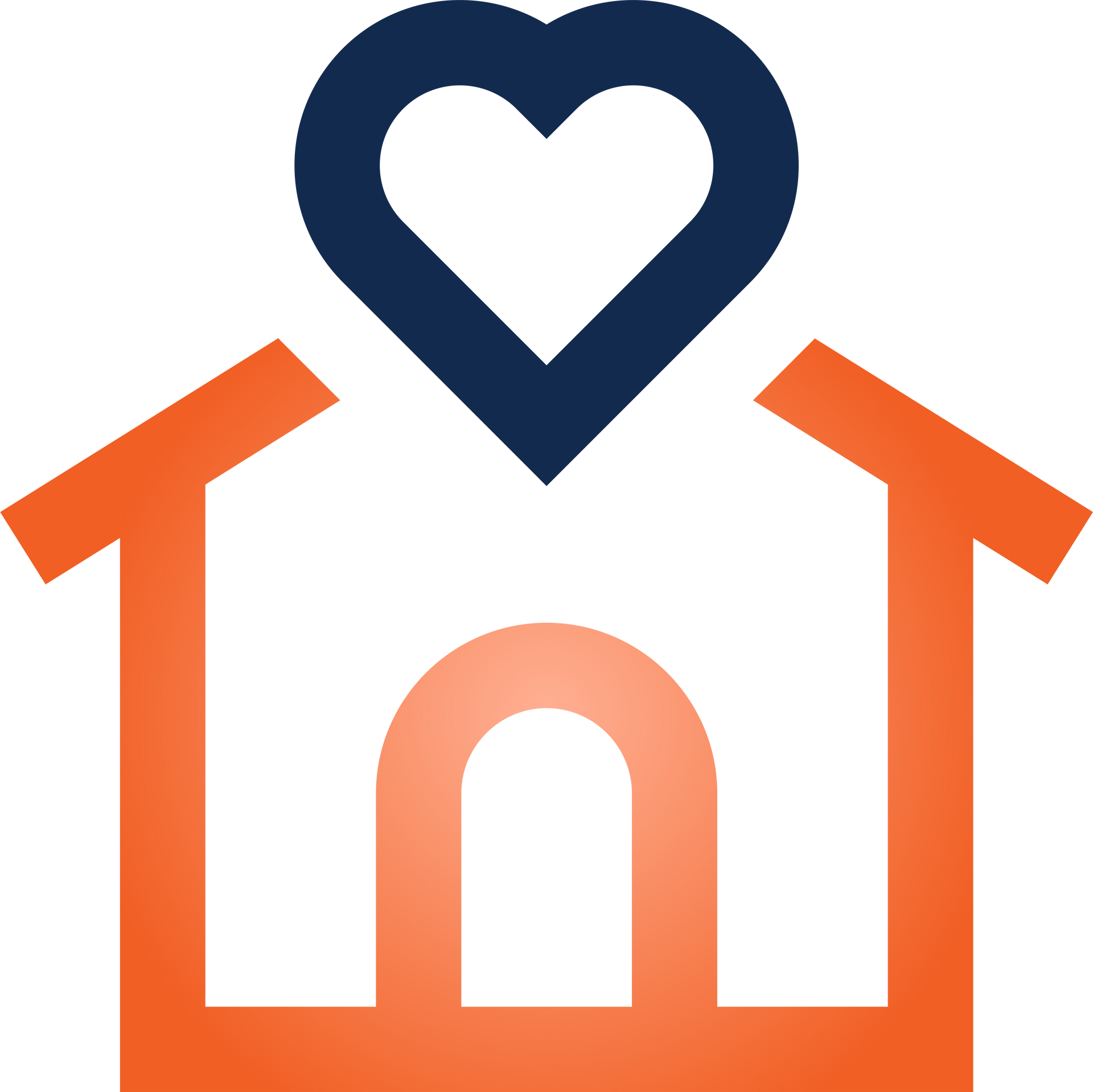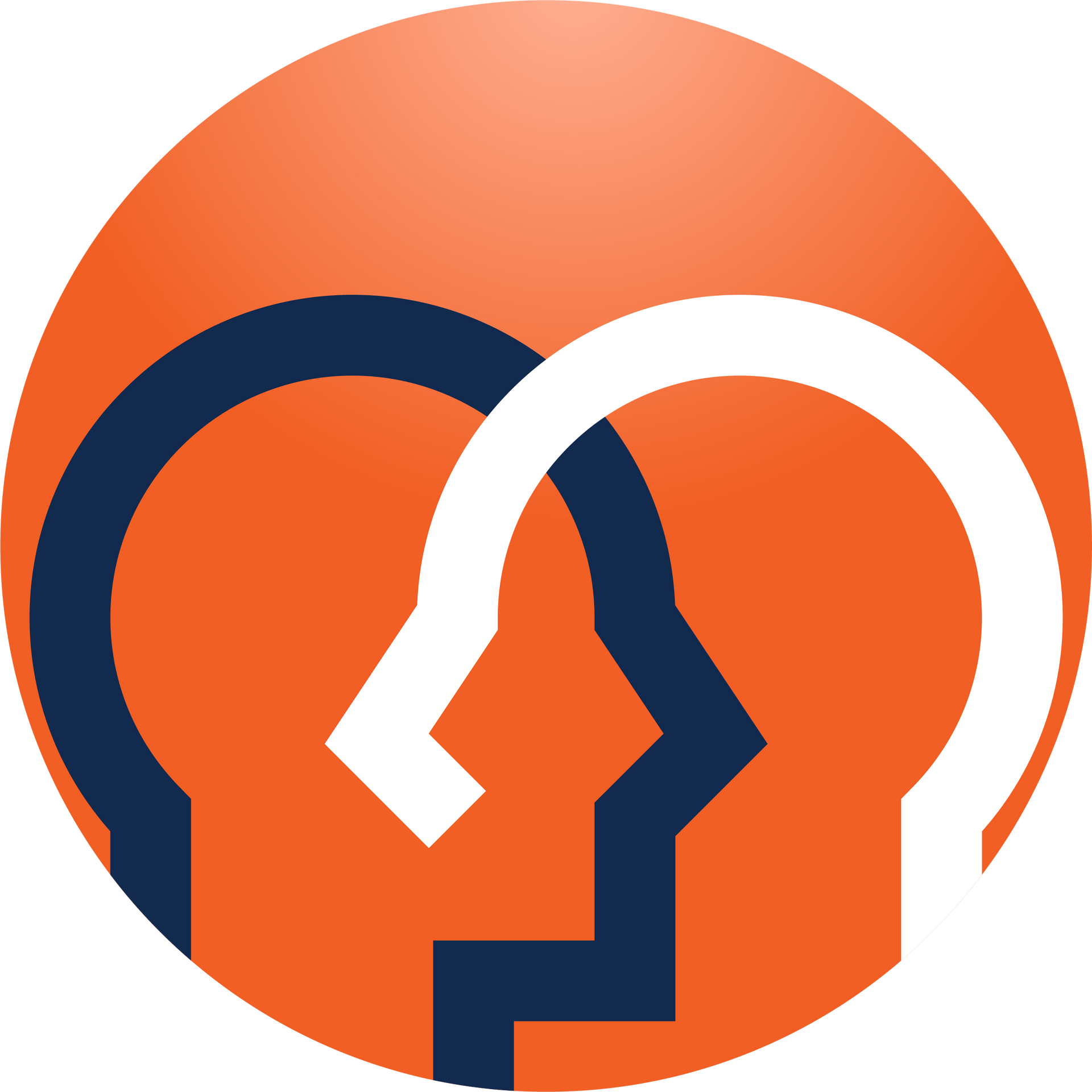Autism Therapy At Home
Help your child thrive with ABA therapy in the comfort of your home. We provide personalized one-on-one treatment to foster skill-building within your child's natural environment, ensuring comfort and privacy.
What is In-Home ABA Therapy?
Applied behavior analysis at home offers personalized, one-on-one treatment from a Behavior Technician in the privacy and comfort of your own home. For children on the autism spectrum, home is a safe and supportive environment, making in-home ABA therapy an excellent and popular option.
Our therapists work directly with your child in their familiar surroundings, reducing anxiety and distractions that may affect learning. This approach allows us to closely observe your child's behavior and identify key challenges, enabling us to provide targeted support and help them develop essential skills tailored to their everyday routines.
Benefits of ABA Therapy at Home

Comfort and Familiarity
Home is where your child feels safest and most at ease. ABA therapy at home allows your child to engage in therapeutic activities in a familiar environment, which can significantly reduce anxiety and promote a positive learning experience.

Personalized Attention
In-home ABA therapy ensures your child receives personalized, one-on-one attention from our qualified RBTs and BCBAs. This individualized approach allows our therapists to tailor interventions specifically to your child's unique needs and preferences, maximizing the effectiveness of the therapy.

Real-world Application
Our therapists can directly observe your child's behavior in their natural environment. This real-time observation provides valuable insights into your child's challenges and strengths, enabling our therapists to develop targeted and customized treatment plans that are practical and applicable to everyday situations.

Family Involvement
Parents and caregivers are integral to the success of ABA therapy. In-home sessions encourage active participation from family members, who can learn and implement behavioral strategies to support their child's progress outside therapy sessions. This collaboration helps generalize skills across different settings and enhances the overall effectiveness of the therapy.

Convenience
You don’t need to spend the time traveling to a clinic. This reduces stress for both you and your child. In-home ABA therapy offers flexibility in scheduling, making it easier to incorporate therapy into the family's daily routine without disrupting other activities.
So many benefits... At your doorstep
Find out if home based ABA Therapy is right for your child
What You Can Expect From Level Ahead ABA Services at Home
Contact us:
Reach out to inquire about our In-Home ABA therapy services.
Insurance Verification:
We'll verify if your insurance covers ABA therapy at home and manage the insurance authorization process on your behalf.
Comprehensive Assessment:
Our team evaluates your child at home to fully understand their needs. We then submit a treatment plan request to your insurance provider.
Therapist Match:
Once authorized, we match your child with a highly qualified therapist specializing in In-Home ABA therapy.
Customized Treatment Plan:
We develop a personalized treatment plan designed specifically for your child's unique requirements and goals at home.
Ongoing Evaluation:
As therapy progresses, we continually assess your child's progress and adjust the treatment plan to ensure effectiveness and address evolving needs.
Achieve milestones:
Through our advanced In-Home ABA therapy programs and collaborative efforts, we witness significant breakthroughs. Your child gains confidence, independence and essential life skills.
We are closer than you think. Find a location near you.
How to Prepare for Home Based ABA Therapy
Preparing your home for Home-Based ABA therapy is important as it will support effective therapy sessions and ensure your therapist can provide the best care possible.

1. Create a dedicated therapy space
Designate a quiet area free from distractions like TVs or electronic devices. Consistency in using the same space for therapy sessions helps your child feel comfortable and focused. Discuss suitable areas with your Board Certified Behavior Analyst (BCBA) during their initial visit.

2. Prepare tools and materials
Create a comfortable learning environment with age-appropriate materials such as sensory tools, puzzles, and educational toys. Store these items neatly between sessions to maintain their effectivness.

3. Involve your family
Parents and caregivers will greatly benefit from participating in therapy sessions and observing techniques your BCBA recommends. This involvment fosters consistency and reinforces skills learned during therapy.

4. Ensure safety and supervision
Ensure a responsible adult is always present during sessions in case they are needed to join or assist. This supervision provdes a secure environment for therapy to progress effectively.
By preparing your home thoughtfully and collaborating with your BCBA, you can optimize the benefits of Home-Based ABA Therapy and support your child's developmental progress in a familiar and nurturing setting.
WE ANSWER







